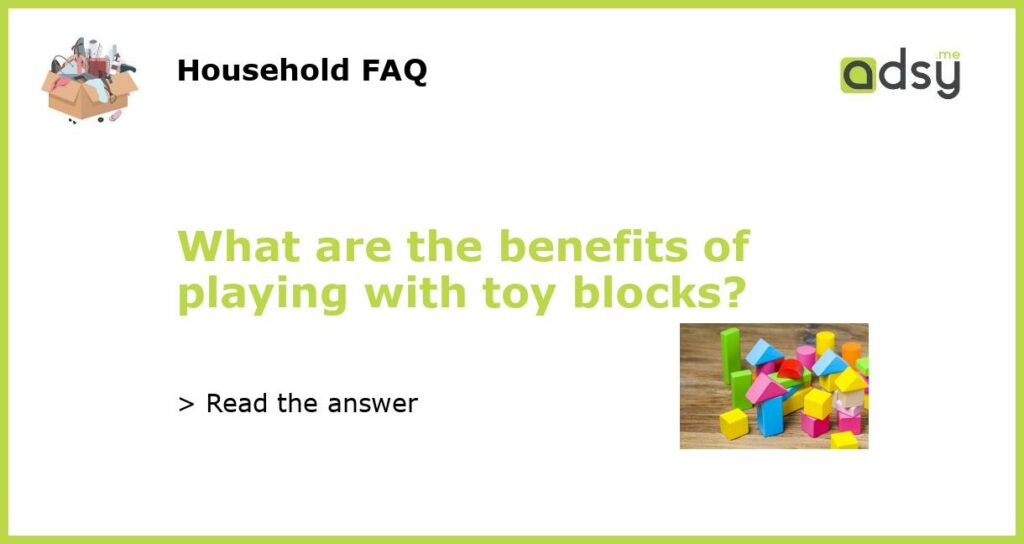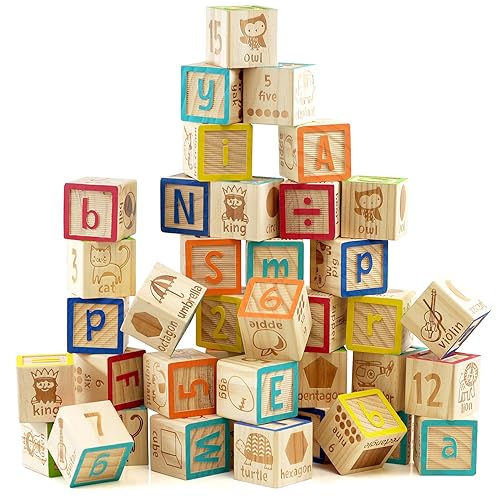Benefits of Playing with Toy Blocks
Playing with toy blocks is not only a way for children to have fun and pass the time, but it also offers numerous developmental benefits. From enhancing motor skills to fostering creativity, toy blocks play a crucial role in a child’s early learning and development. In this article, we will explore the various benefits of playing with toy blocks.
Developing Fine Motor Skills
One of the primary benefits of playing with toy blocks is the development of fine motor skills. As children manipulate and maneuver blocks of different shapes and sizes, they strengthen the muscles in their hands and fingers. This improves their grip and coordination, which is essential for tasks such as writing, drawing, and tying shoelaces. By engaging in block play, children also learn to stack, balance, and build structures, further honing their fine motor skills.
Stimulating Cognitive Development
Playing with toy blocks stimulates cognitive development in many ways. Firstly, it promotes spatial awareness as children manipulate and arrange blocks to build structures. This helps them understand concepts such as shape, size, and proportion. Additionally, block play encourages problem-solving and critical thinking skills. As children experiment with different combinations of blocks to build a stable structure, they learn to analyze and overcome challenges. This type of thinking fosters creativity and develops logical reasoning abilities.
Encouraging Social Skills
Playing with toy blocks also provides opportunities for social interaction and cooperation. When children engage in block play with others, they learn to share, take turns, and collaborate. They practice communication skills by discussing their ideas, negotiating roles, and working together towards a common goal. This collaborative play fosters social skills, empathy, and an understanding of teamwork, which are crucial for successful interactions in school and later in life.
Enhancing Language and Communication Skills
While playing with toy blocks, children often engage in imaginative and pretend play. This type of play involves storytelling, role-playing, and creating narratives. As children build their structures, they create stories and scenarios around their creations. This process stimulates language and communication skills as they describe their designs, discuss their ideas, and engage in conversations with others. Block play can greatly enhance vocabulary, grammar, and communication skills, laying a strong foundation for language development.
Promoting Creativity and Imagination
Playing with toy blocks allows children to unleash their creativity and imagination. They have the freedom to create whatever comes to their minds, whether it’s a tall tower, a bridge, or an entire city. This creativity not only helps in developing problem-solving skills, but also nurtures a child’s imagination. Through open-ended block play, children learn to think outside the box, experiment with different ideas, and explore endless possibilities. Such imaginative play stimulates their creativity and paves the way for innovative thinking in the future.






